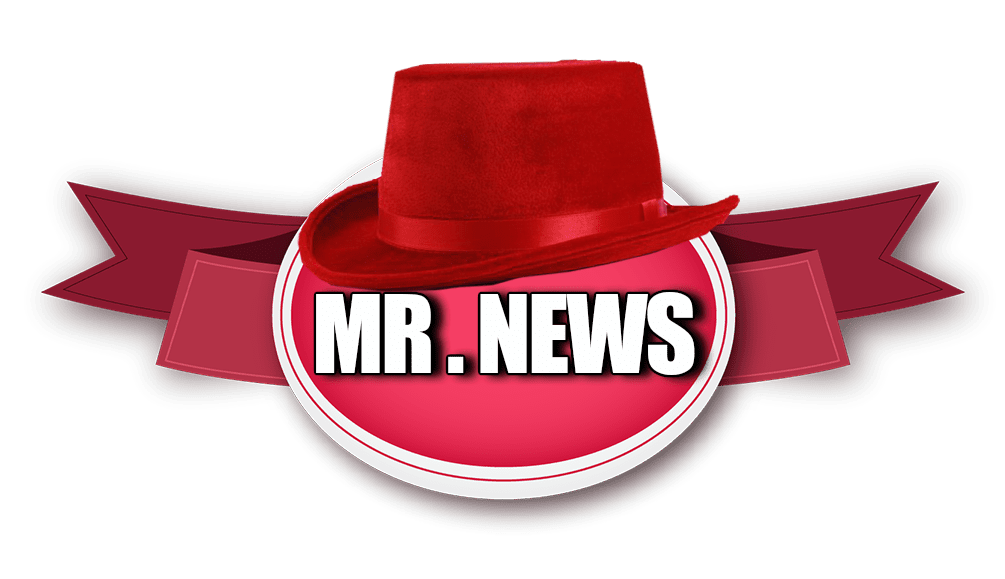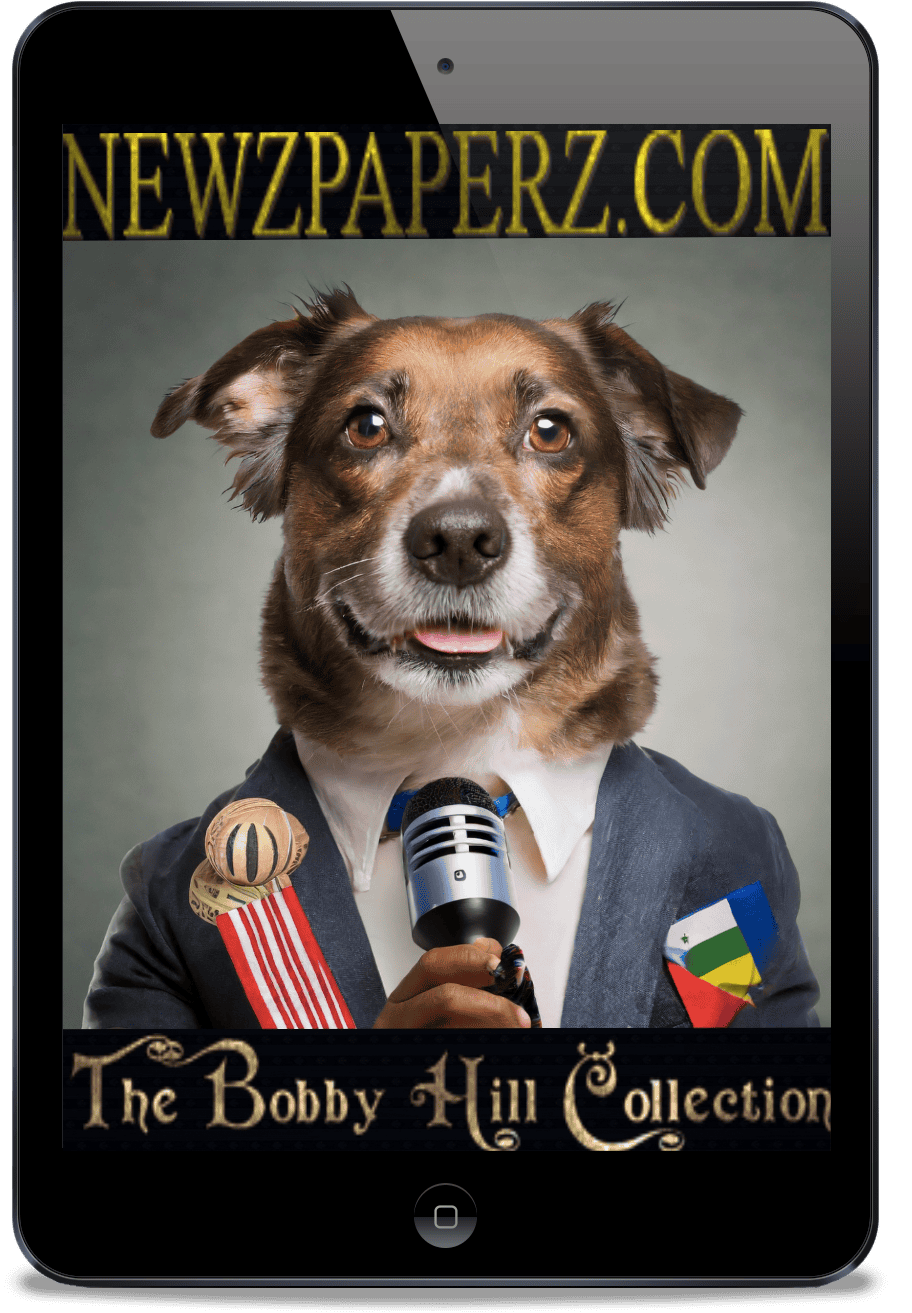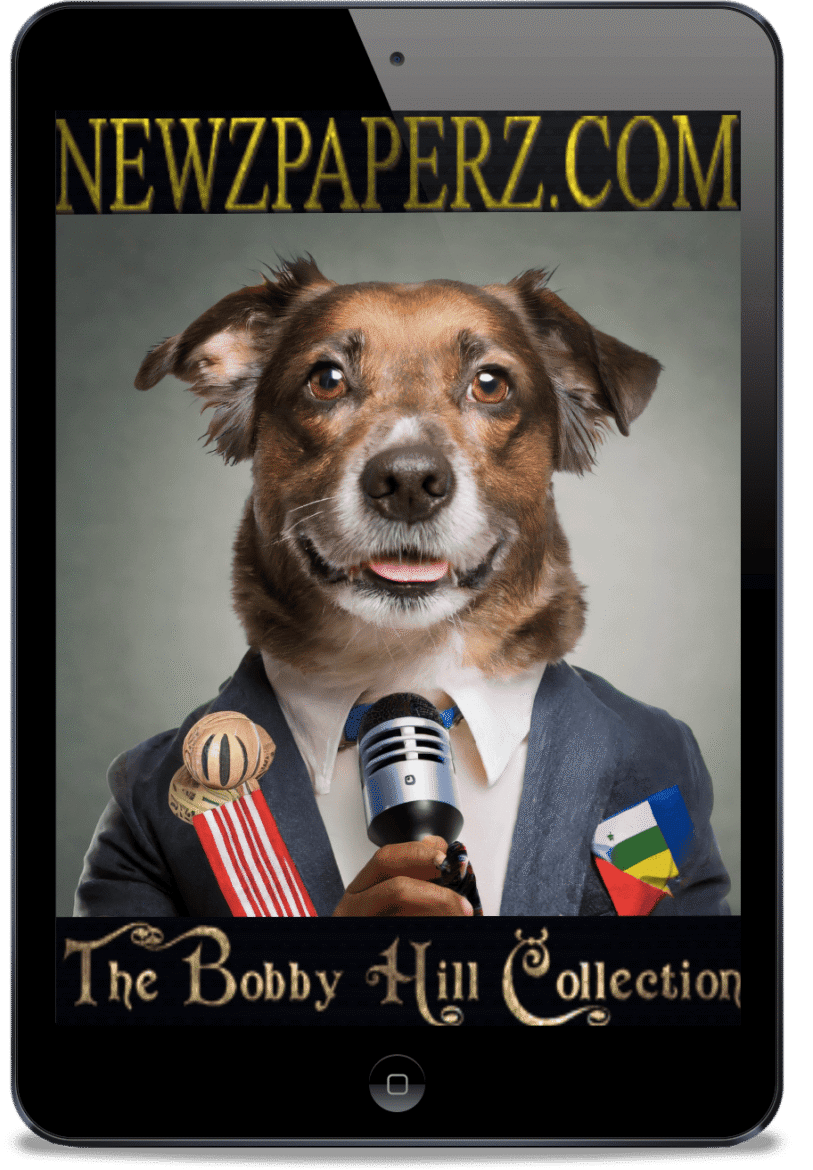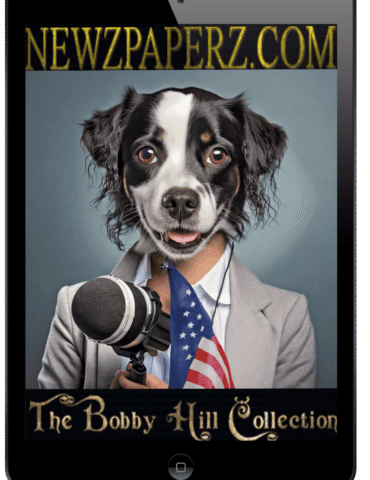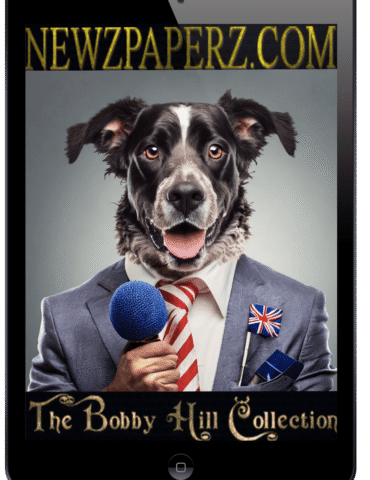
MUSIC RADIO NEWS
Listeners:
Top listeners:
-
 play_arrow
play_arrowMR NEWS RADIO SHOW MUSIC RADIO NEWS
-
 play_arrow
play_arrowMR. NEWS BLENDING AFROBEAT AND JAZZ SOUNDS MR NEWS
Player Debug
pushFeed = INITIALIZE1753494354913[object Object]
newFeedReading = REITERATE - 1753494354914
The Talent Scout: Shaping Futures Across Industries
In the world of sports, entertainment, and beyond, talent scouts operate as the unseen architects of success, identifying and nurturing individuals with extraordinary potential. Whether it’s discovering the next Olympic hopeful, a future Hollywood star, or a promising young professional, talent scouts play a pivotal role in shaping the future of their respective fields.
What Does a Talent Scout Do?
At its core, talent scouting involves identifying individuals with exceptional abilities and connecting them with opportunities to showcase their skills. Scouts work across industries—sports teams, entertainment agencies, corporations, and even educational institutions—seeking raw talent that can be developed into excellence. Their responsibilities extend beyond mere identification; they often evaluate candidates’ long-term potential, negotiate contracts, and build relationships to ensure a seamless match between talent and opportunity.
In sports, for example, scouts assess athletes’ technical skills, tactical awareness, physical conditioning, and mental toughness. They provide critical insights to coaches and managers about players who could shape the future of their teams. Similarly, in entertainment or corporate sectors, scouts evaluate candidates’ unique skills while considering factors like temperament and resilience to ensure long-term success.
The Triathlon Talent Scout: A Unique Role
One particularly innovative application of talent scouting is in high school triathlon programs. Unlike traditional scouts seeking elite professionals, triathlon talent scouts focus on introducing young athletes to the sport. They identify single-sport athletes—swimmers, cyclists, or runners—and encourage them to try triathlons. Beyond athletes, these scouts also recruit coaches and volunteers to build local clubs and competitions.
This initiative is part of a broader effort to sustain interest in triathlon as an aging demographic threatens its future. By creating pathways from youth participation to collegiate competition, these scouts aim not only to develop athletes but also to preserve the sport itself.
The Skills Behind the Scout
Talent scouting requires a unique blend of skills:
Attention to Detail: Scouts must assess not just current performance but long-term potential.
Networking: Building relationships with institutions, families, and candidates is essential.
Strategic Thinking: Scouts must align their discoveries with clients’ long-term goals.
Persuasion: Convincing top talent to choose one opportunity over another is often key to success



